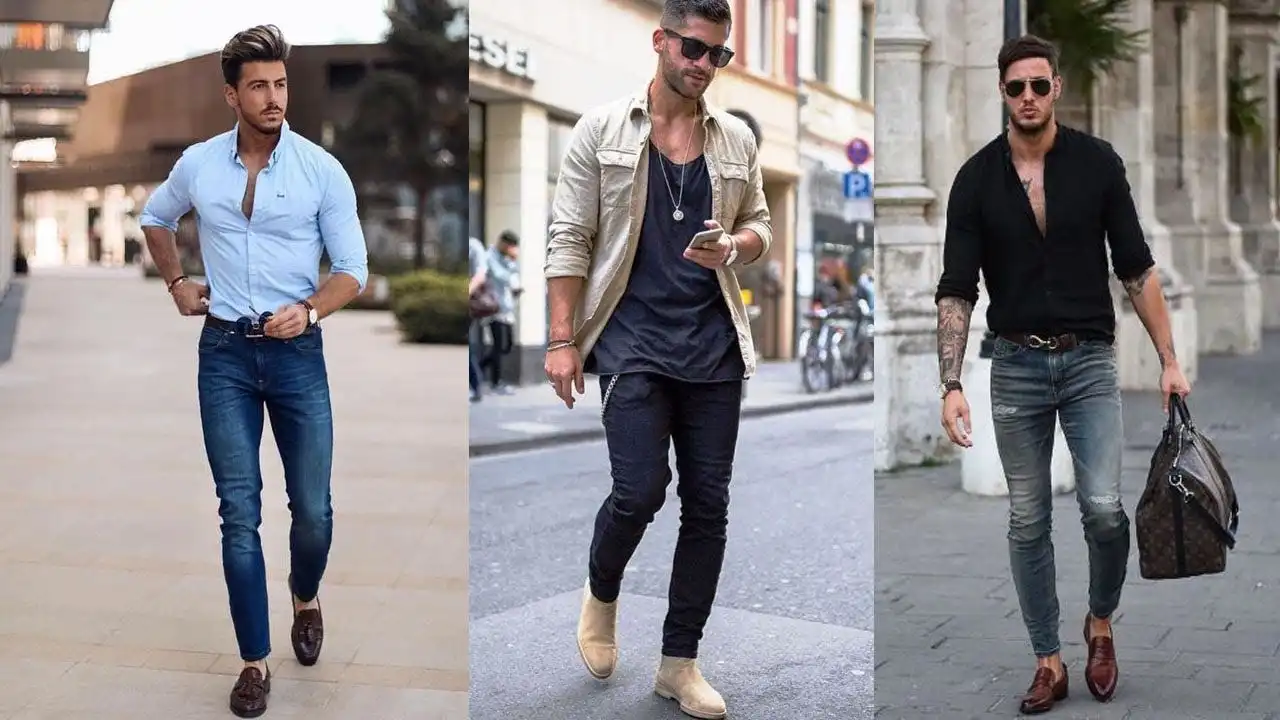The first time I heard of the query "What Is Casual Wear And Formal Wear" I was perplexed too. Clothing is just clothing, isn't it? However, I discovered that different clothes convey different messages. Certain clothes tell me, "I'm relaxed and ready to play." Some clothes state, "This is an important day for me."
casual wear can be described as what I put on during normal daytime. For example, T-shirts, jeans hoodies or sneakers. I feel comfortable and at ease in these items. Formal wear is my go-to attire for occasions that require a lot of attention. As a suit, blouse, dress that has buttons and shiny footwear. I look stylish and elegant in these outfits.
In this post I'll discuss what is casual wear and formal wear in a simple manner. I'll discuss the appropriate times to wear each as well as the reasons why they are important and how wearing the appropriate clothes will make me feel confident and respectable wherever I go.
What Is Casual Wear And Formal Wear
In the beginning, let me address the fundamental concern: What Is Casual Wear and formal wear?
What Is Casual Wear And Formal Wear in Daily Life?
If people ask " what is casual wear and formal wear " I would like to explain it in this manner:
-
Casual Wear = comfortable, relaxed clothing for the everyday.
-
Think of jeans, T-shirts sneakers, hoodies, basic clothes.
-
You can use them to go shopping, school or coffee, as well as having a drink with your buddies.
-
-
Dress code: formal means stylish, polished clothing for formal or special occasions.
-
Think dress shirts, suits and ties long dresses and shoes for dress.
-
They are used for weddings or interviews for jobs, business meetings fancy events.
-
This is at the core of what's considered casual attire and formal:
Casual means comfort and daily day life.
Formal = respect and elegance. It is also a way to remember important moments.
Read also: Party Wear Fashion Ideas For Women
Casual Wear Meaning: My Easy Definition
You asked me to incorporate " casual wear meaning " Here is the way I would define it in very easy terms.
Casual wear is a term used to describe:
- clothes that feel comfortable and light
- There aren't any strict dress code rules
- You can move, sit on, run, or use them to play
- you can showcase more of your personal style and your fun side.
Common casual pieces:
- T-shirts or Polo T-shirts or polo
- jeans, shorts, joggers
- shoes, flat sandals
- simple tops, summer dresses, cardigans
Fashion experts advise casual attire to are about the comfort and individual expression rather than strict rules or formal dress code.
When you hear "casual wear meaning" Just think about this:
"Clothes I can wear most days, where I feel relaxed but still neat."
Formal Wear Meaning: My Easy Definition
Now let's talk about "formal wear meaning".
Formal wear is the term used to describe:
- outfits that look neat stylish, sharp, and polished up
- attention to the finer details and fitting
- This is used to convey respect and status or show professionalism
Common formal pieces:
- suits or suits or
- Dress shirts, waistcoats bow ties, bow tie
- Long evening gowns, cocktail dresses
- formal shoes, heels polished loafers
Formal dress guides provide information on formal wear is characterized by finer fabrics (like silk, wool and satin) dark and neutral shades, as well as clearly defined dress codes, particularly for galas, weddings, as well as important business functions. When you hear "formal wear meaning" Think about:
"Clothes that help me look very serious, tidy, and respectful for big events."
How Is Casual Wear Different From Formal Wear?
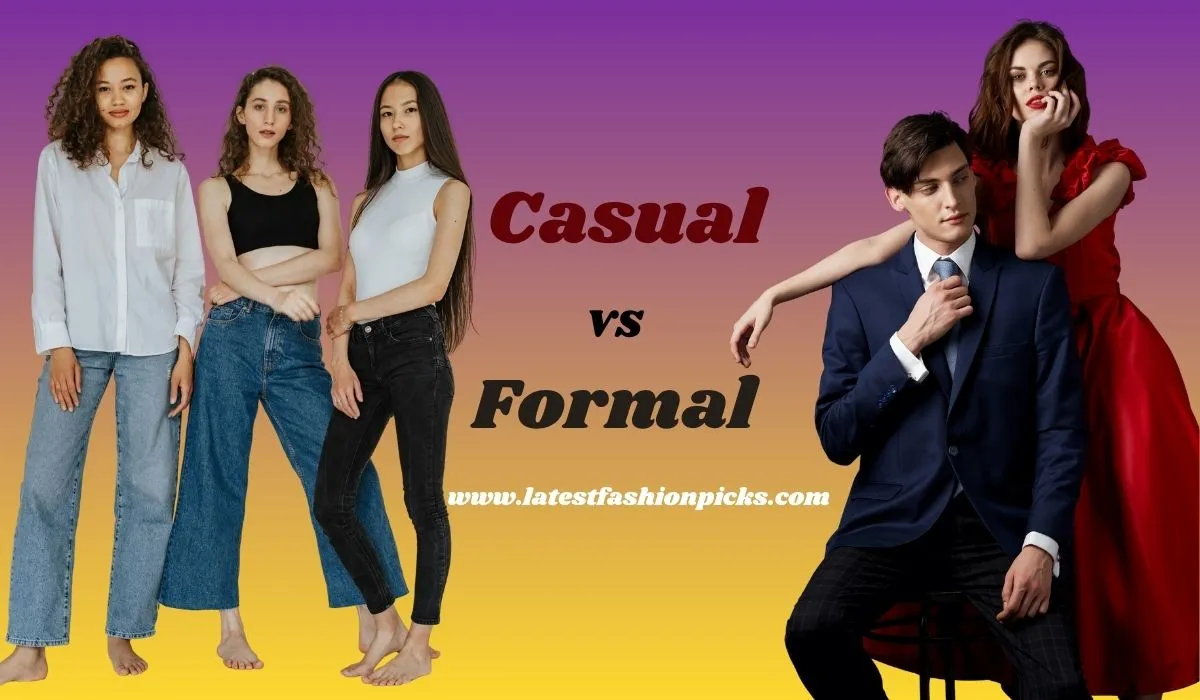
You may also have wanted to know "How is casual wear different from formal wear" and "Why is casual dress distinct in comparison to formal wear?".Let me dissect it in a simple side-by-side table in terms.
Why Is Casual Wear Different From Formal Wear?
Here's what I'm going to say " Why is casual wear different from formal wear? " to those who are in a state of confusion:
-
Purpose
-
Casual to be enjoyed, comfortable and everyday life.
-
Formal: suitable for serious or special occasions.
-
-
Fabric
-
Casual: cotton, denim, jersey, fleece. Soft, stretchy.
-
Formal: silk, wool satin Fine blends. Smooth, structured.
-
-
Fit
-
Casual: looser, easier, relaxed.
-
Formal: more fitted, tailored, clean lines.
-
-
Colors and prints
-
Casual: vibrant colors, bold prints and logos.
-
Formal generally neutral or darker shades like navy, black and cream. that are complemented by subtle print.
-
-
Rules
-
Casual: almost no strict rules.
-
Formal: Very precise guidelines. For instance white tie, black tie, formal dress and so on.
-
In the simplest form:
Casual states, "I want comfort and expression."
Formal states, "I want respect, impact, and a strong impression."
How to Define Formal and Casual Wear
You might also want to know " How to define formal and casual wear ". Here's a basic definition that I have used:
- Dress code: Formal: Clothing that has clear rules and is appropriate for serious ceremonies, formal, or ceremonial occasions. It's stylish refined, polished, and frequently connected to tradition.
- Wear casual: Clothing that is comfortable and suitable for daily use. It's comfy and flexible. It allows you to show your personal style.
This is what I define formal and casual attire in a short simple couple of sentences.
Casual and Formal Dress Code Guidelines You Can Actually Use
Many people want " casual and formal dress code guidelines ", but they are presented with huge complicated charts. I like keeping the charts simple and useful.
Daily Levels of Dress
Consider dress codes as steps on an incline:
- Casual
- Smart casual
- Business casual
- Professional / business
- Formal / black tie
You can move through these steps depending on the area and the number of people.
Basic Guidelines I Use
When I am deciding what I'm going to wear, I will ask three questions:
-
Where is my destination?
-
Park, home, cafe more informal
-
Wedding, meeting, office more formal
-
-
What will they be wearing?
-
Family, friends from casual to smart casual
-
Bosses, clients and other important guests, from business to formal
-
-
What message would I like to send?
-
"I'm relaxed and friendly" casual
-
"I'm serious and ready" Formal
-
These simple rules become my personal formal and casual dress code of conduct each day.
Read also: Great Depression Fashion Farmers For Kids Girls
Casual Wear vs Formal Wear for Office - My Office Rule
The key phrase " casual wear vs formal wear for office " is crucial for everyday daily.
Here's how I feel about it.
Office Types
-
Very relaxing office (startups and jobs that are creative)
-
You can dress smart casually such as dark jeans, polos, and neat sneakers.
-
-
Office normal (many businesses)
-
The business casual look: jeans button-down shirts and blouses, basic dresses.
-
-
Office formal (law or finance top management, law)
-
Business formal wear: dresses, suits tie formal shoes.
-
My Simple Office Tip
If you're a newcomer to the job and aren't sure of what dress codes are required:
- Day 1. Dress one notch higher in formality that you believe you'll should.
- You can then observe what others are wearing and then adjust.
This will help you stay safe when it comes to the informal and formal dress code for the office issue.
When to Wear Casual vs Formal Clothing
You have asked " when to wear casual vs formal clothing ". Let me give quick examples.
Casual Moments
I choose casual clothes to wear when:
- Going to the Mall
- Weekend outings with friends
- A casual chat at a cafe
- movie night
- normal school days or in college (if there's no uniform)
Here, comfort wins.
Formal Moments
I prefer formal attire for the following reasons:
- job interview
- big work meeting
- wedding, engagement, or gala
- Graduation ceremony
- official dinner or awards night
Respect and impressions win. A simple rule I use:
If a moment is crucial for me in my photography or professional career, I shift towards more formal.
Why Does Dress Code Matter Between Casual and Formal?
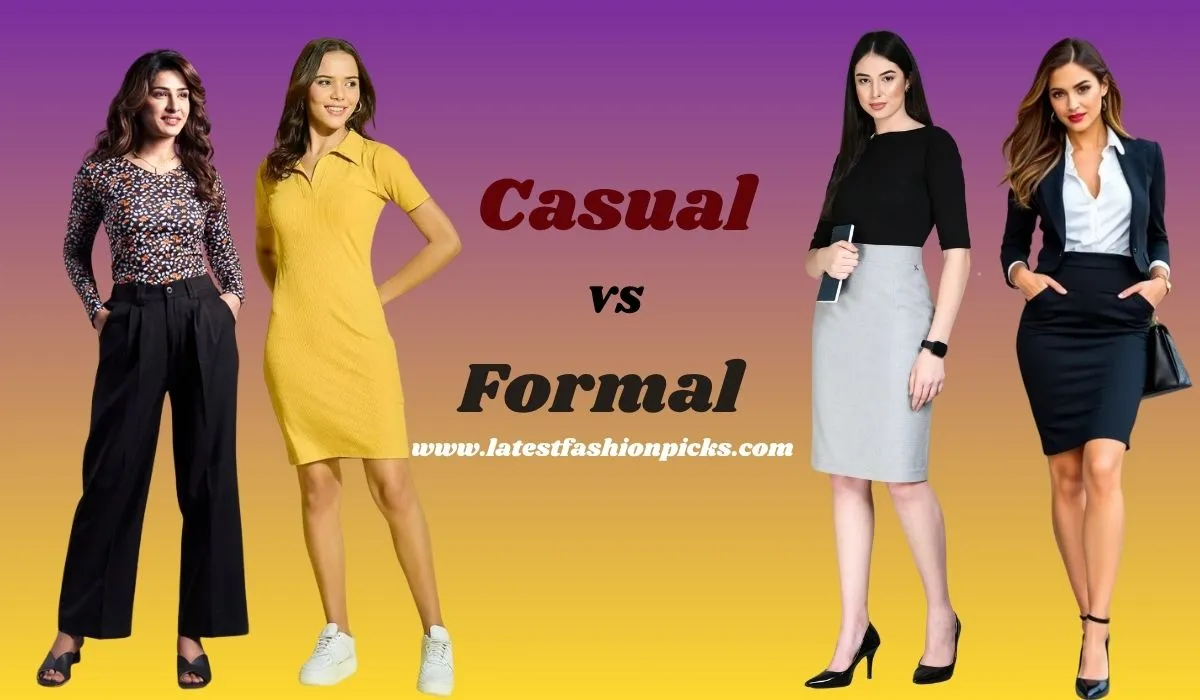
You also talked about " Why does dress code matter between casual and formal ". This is a huge issue.
The dress code is important due to:
-
Respect
If someone invites you to attend a large occasion and has written the dress code they would like you to respect the dress code. Dressing appropriately will show respect to the host and also the occasion. -
Initial impression
In job interviews or business gatherings Dress appropriately before you talk. formal wear will make you appear professional and professional. -
Feel comfortable in the group
If the entire group else is formal-dressed and you turn dressed casually in shorts, you could be a bit out in the crowd. Dressing appropriately helps you to blend in and feel secure. -
Images and photos
Big occasions can be relived in photos forever. Don't look like you've ignored your dress code.
Therefore the dress code does matter when it comes to formal and informal dressing circumstances.
Why Should You Choose Formal Wear for Events?
The expression " Why should you choose formal wear for events " is yet another important concern.
This is why I usually pick formal attire for big occasions:
- It demonstrates that I really thought about the event.
- It makes me feel more secure in my abilities and "ready for the spotlight."
- It's a good fit for the tone of other people are dressed similarly.
- Numerous venues, including luxurious hotels, corporate dinners or restaurants Expect it.
I prefer casual clothing however, for occasions which mark significant life events (weddings and galas) I opt for formal attire as a mark of respect for myself and others.
How to Choose Between Casual and Formal Wear?
You have included " How to choose between casual and formal wear? " So let me provide you with a brief selection guide.
Step-by-Step Decision Guide
-
Look up the invitation or event information
-
Does it read "casual," "smart casual," "semi-formal," or "formal"? Then, follow that first.
-
-
Think about who might be the first to see you
-
Only for friends? You can be more casual.
-
Boss or client? Or spouse's family? You can be more formal.
-
-
Location check
-
Park, beach or a friend's house from informal to smart casual
-
A fancy restaurant, a ballroom at the hotel room Office formal or semi-formal
-
-
Check for activity
-
Walking a lot or playing on the flooring? Casual.
-
Usually, people are sitting at tables or on a stage? More formal.
-
-
Your personal comfort
-
Select the most formal level of formality, where you feel comfortable and confident.
-
This is the way I find myself asking "how to choose between casual and formal wear?" in my personal daily life.
Read also: Fashion Nova vs Zara: Comparison of Size Charts and Fit Guide
How to Match Casual and Formal Outfits
Mixing styles is very contemporary. You've requested " How to match casual and formal outfits " So here are some of my top tips.
My Simple Mix Rules
-
One formal piece, rest casual
-
Example: Blazer (formal) + T-shirt + jeans + clean sneakers.
-
-
One casual piece, rest formal
-
Example Suit (formal) + a solid-color T-shirt (casual) instead of a shirt.
-
-
Formal at top, casual on the bottom
-
Dress shirt + dark jeans.
-
-
Formal at top, casual at the bottom
-
Knit sweater in a nice style and cut-to-fit pants.
-
This style mix is an integral element of the modern casual and formal style in the present.
Casual Wear and Formal Wear for Women and Men
You're searching for to know the phrase " Casual wear and formal wear for women and men " So let's be sure to cover both.
For Women
Casual wear:
- Tops, T-shirts, sweaters, and T-shirts
- jeans, leggings, shorts, casual skirts
- casual dresses, summer dresses
- shoes, flats, sneakers
Formal wear:
- tailored dresses, cocktail dresses, gowns
- blouses with tailored trousers, or skirts
- Jackets with a structured design, blazers
- heels, elegant flats or heels or elegant flats, clutch bags
For Men
Casual wear:
- T-shirts, polos, casual shirts
- jeans, chinos, joggers
- hoodies, denim jackets
- sneakers or casual loafers, casual
Formal wear:
- suits or suits or
- tie-ups, dress shirts bow tie
- belts, dress shoes
- pockets, waistcoats
This is my way of thinking about casual and formal clothing for both men and women in helping people design their outfits.
Formal Shirt vs Casual Shirt
The phrase " formal shirt vs casual shirt " is quite popular. Here's my simple and quick test.
Formal Shirt Signs
- A very subtle stripe or check that is solid
- Stiff collar
- Plain buttons or a placket that is covered
- There are no big logos, or printed images.
- Made of fine cotton or a blend
- The long sleeves have buttoned cuffs and buttons.
Casual Shirt Signs
- Patterns or prints with more bold colors
- A soft collar, perhaps a button-down
- Stitching visible and a an overall more relaxed fitting
- Pockets, logos, fun details
- More shades and lighter fabrics
If you're uncertain at a store, consider:
"Would I wear this to a job interview?"
If yes, then it's probably more formal. If not, it's probably more casual.
Traditional Formal Clothing vs Modern Formal and Casual Fashion
You've mentioned "traditional formal clothing" and "modern formal and casual fashion". Let's take a look at both.
Traditional Formal Clothing
Traditional formal wear can comprise:
- tuxedos, tailcoats, morning coats
- long evening gowns
- In various cultures: sherwanis Kimonos, sarees and many more
Etiquette and cultural guides demonstrate the way traditional formal attire often adheres to older guidelines regarding fabrics, colors and length.
Modern Formal and Casual Fashion
Presently, modern formal and casual style is a mix of old and contemporary fashions:
- Suits with sneakers
- Ties on dress shirts are not required.
- elegant dresses and simple jewelry
- Mixing casual jackets and tailored trousers
Influencers, social media, and a changing workplace culture have changed office culture and made informal vs formal style trends more adaptable. You'll see the more "smart casual" and "business casual" than the strict old-fashioned guidelines.
Lifestyle-Based Clothing Choices
I like the phrase " lifestyle-based clothing choices " because it's very real.
Your lifestyle determines your style:
- If you are a home-based worker You'll need more casual and stylish casual attire.
- If you are employed in finance or law then you'll need more formal and business wear.
- If you are a frequent attendee at weddings and other events, purchase formal dresses.
- If you're extremely active or outdoor then you'll need less casual clothes.
If I am helping someone to help them, I begin by focusing on their day-to-day life. This is at the heart of the clothing that is based on lifestyle..
Simple Casual and Formal Outfits for Daily Wear
You also wore " simple casual and formal outfits for daily wear ". Let me show you some simple combinations.
Easy Casual Outfits
- T-shirt + jeans + sneakers
- Hoodie + joggers + running shoes
- Simple dress and flat sandals
Easy Formal / Smart Formal Outfits
- Dress shirt for men with dark trousers and dress shoes (add an blazer to step it up)
- Women: blouse with fitted pants and heels or stylish flats
- Men: Polo + Chinos and loafers (smart casual, but work in offices of all kinds)
These are easy formal and casual outfits for everyday wear that don't feel difficult to construct.
Informal vs Formal Dressing
You also mentioned "informal vs formal dressing". In some old guidebooks, "informal" actually means an appropriate dress code that falls somewhere in between informal and formal, but generally, still requires the use of a suit.
However, in everyday life, the majority of people utilize:
- "informal" = relaxed,"unique" = relaxed, (similar in style to informal)
- "formal" = strict dress rules and extremely polished appearances
To make it simple I'd suggest using the same words as we did earlier (casual smart casual, formal, business casual) in place of "informal" if you're unsure.
Read also: Women's Fashion Style Types
Which Is Better: Casual Wear or Formal Wear?
You've used the phrase " which is better casual wear or formal wear " And here is the truth:
There is no "better" for all people and for all times of the day.
- Casual is the best choice when you are looking for comfort and freedom.
- Formal dress is preferred for those who want respect, credibility, and a powerful first impression.
The key is in knowing the right time to choose each and mixing them in a way that is effective.
FAQs About What Is Casual Wear And Formal Wear
Here are a few FAQs that connect many of the long-tail terms you have listed.
1. What is Casual Wear and Formal Wear in a single sentence?
Casual wear is a casual outfit to wear everyday, while formal wear is elegant clothing for formal or special events.
2. What is the best way to decide between formal and casual wear?
Take a look at the location as well as the people and their intent:
- informal for spaces that are relaxed and intimate gatherings
- formal attire for important events such as work-related meetings or in situations where there is a written dress code
If you're not sure then dress more formal.
3. What makes casual clothing different from formal attire?
Each performs a distinct task:
- The most casual of concerns is self-expression and comfort
- formality is primarily concerned with respect and rules. It also emphasizes the impact of its appearance
The fabric, fit, and colors change to achieve these goals.
4. When is it appropriate to wear casual or formal clothes?
- Casual: weekends, errands, parks, cafes, informal get-togethers.
- Formal such as weddings or job interviews, important gatherings, ceremonies elegant dinners, and formal events.
5. Are there any casual clothes and formal wear options for both men and women?
- Women casual: jeans, T-shirts, casual dresses, sneakers.
- Formal women dresses, suits formal dresses, tailored and heels.
- Men casual: jeans, polos, hoodies, sneakers.
- For men, formal wear suit, tie formal shirts, dress shirts, dress shoes.
6. Do I have to combine formal and casual clothes?
Yes. Modern style loves mixing:
- blazer + T-shirt + jeans
- Dress shirt and clean sneakers
- formal attire with simple, casual accessories
This is the way informal and formal fashion trends appear on social media, as well as in real life.
7. What's the difference between dress code between formal and casual?
Dress codes let everyone know what is acceptable and appropriate. They ensure that the event is balanced so that nobody feels overdressed or underdressed.
Expert-Style Opinion (Humanized)
Based on what the most reputable expert guides to style, etiquette and the latest fashion blogs instruct the most successful people aren't "always formal" or "always casual." They are adaptable:
- They know what constitutes casual and formal wear.
- They are able to switch between them
- The clothes they wear are tools to make them feel comfortable, show respect and send the appropriate message
My personal expert-style opinion is as follows:
Be aware of the laws.
Use them to be respectful of every moment.
Then add your personal style to the mix.
This is how you succeed at formal and casual dressing. That is how you transform what is casual wear and Formal Wear from a baffling question into a dependable, daily ability.
Conclusion
If I get asked "What Is Casual Wear And Formal Wear" I have the answer is clear. Casual wear is meant for casual everyday occasions, where I'm looking for comfort and enjoyment. Formal wear is best for big important occasions, and where I want to look professional and impress my guests.
Both kinds of clothing are beneficial. Casual clothes are appropriate for my daily day life. Formal attire is appropriate for my special occasions, such as weddings ceremonies, important gatherings. The most effective choice is not to select just one, but to understand the best time to wear each.
If I understand what is casual wear and what is formal wear I can pick outfits that fit the environment or the crowd, as well as the time. This allows me to feel good about myself, create impressive impressions, and demonstrate that I know what to wear to suit any circumstance.


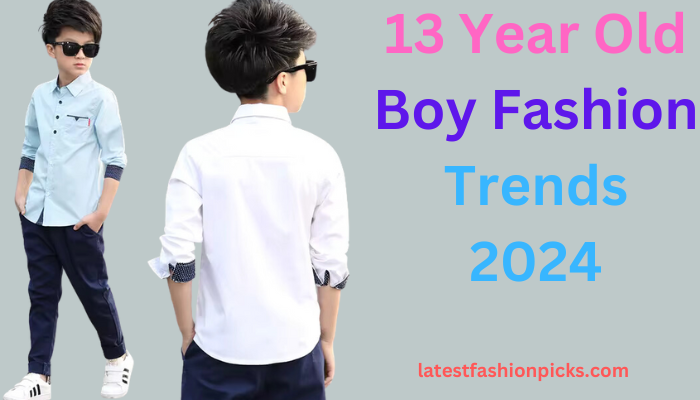


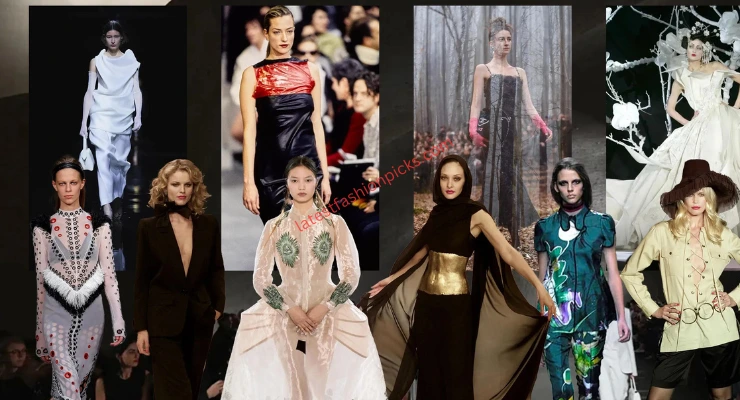
.webp)

